NASA Photos Of Mars Show The Red Planet’s Unique Beauty

The United States didn't successfully get a spacecraft to Mars until 1971 after years of failed attempts and months after Russia (then the USSR) had successfully landed a craft on the red planet. The NASA craft called the Mariner 9 that went into orbit on Nov. 24, 1971, was actually the first NASA craft to ever orbit a planet other than Earth. The Mariner missions that came before it were unsuccessful or had only completed flybys of other planets, according to NASA.
Read: 8 Photos That Show What SpaceX And Elon Musk Think Traveling To Mars Will Look Like
The Mariner 9 sent photos back to Earth of river-like features on the planet and of the moons Phobos and Deimos. The craft was shut down in October 1972 when it ran out of fuel, it is still in orbit around Mars until it fully decays and enters the planets atmosphere and burns up. This image sent back to Earth by Mariner 9 is simple compared to the sophisticated photos we have access to now.

As the years passed the crafts sent to study Mars got more sophisticated and NASA got better at reaching the planet. The crafts got faster, became more reliable and had newer technologies that could offer far more data than ever before. The first lander NASA ever successfully touched down on the surface of the red planet was the Viking 1, followed shortly by the Viking 2. They both touched down in 1976. Viking 1 studied the planet until 1982 and Viking 2 studied it until 1980. These crafts took images of the surface and even analyzed samples of the surface of the planet.
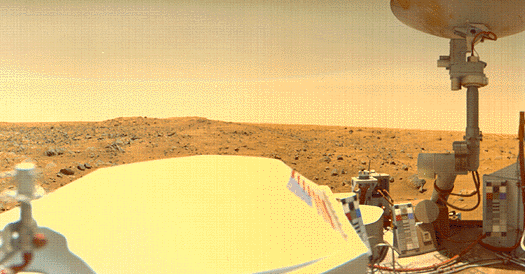
In 2001, the Mars Odyssey went into orbit around Mars to serve as a relay point for future missions on the planet. Rovers were then sent to Mars to travel the planet and send back information. The Spirit rover landed in 2004, sent with the Opportunity rover, and communicated with Earth for six years before it lost power.
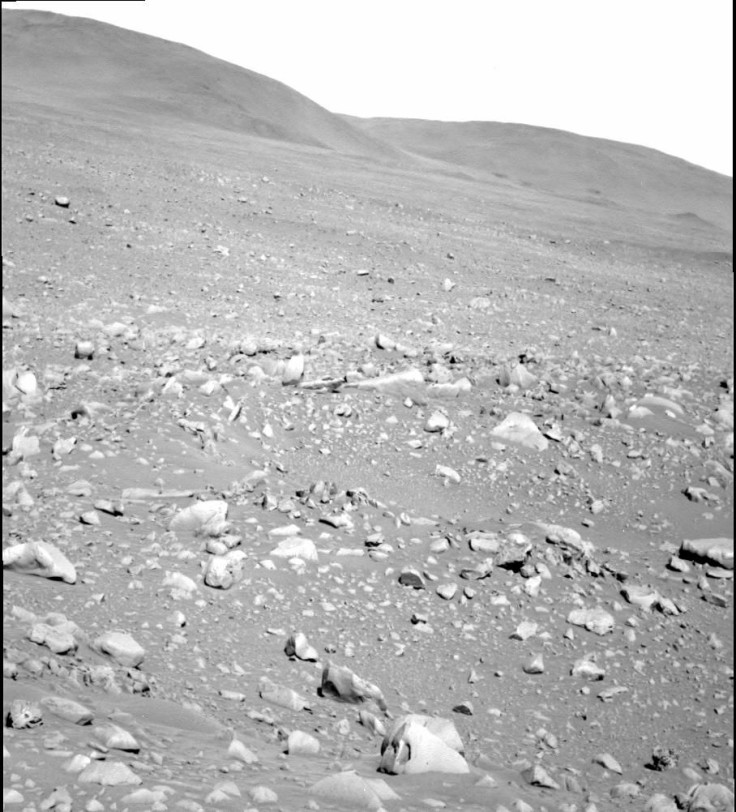
The surface of the planet resembles rocky deserts here on Earth. The Phoenix Lander took this "self portrait" in 2008 during its Mars travels. It explored Mars for three months in search of water. It dug into the ice in the poles to test the soil for the components of liquid water. It's selfie skills weren't bad either.
Read: Colonies On Mars: How Human Faces Will Evolve On The Red Planet
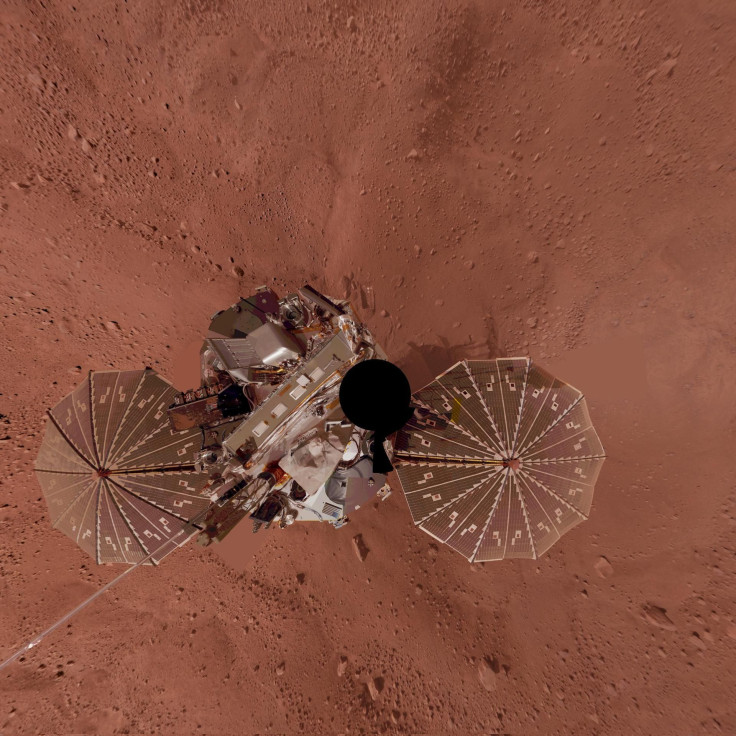
Crafts with high definition cameras have been sending back stunning images of the dusty planet for years now.
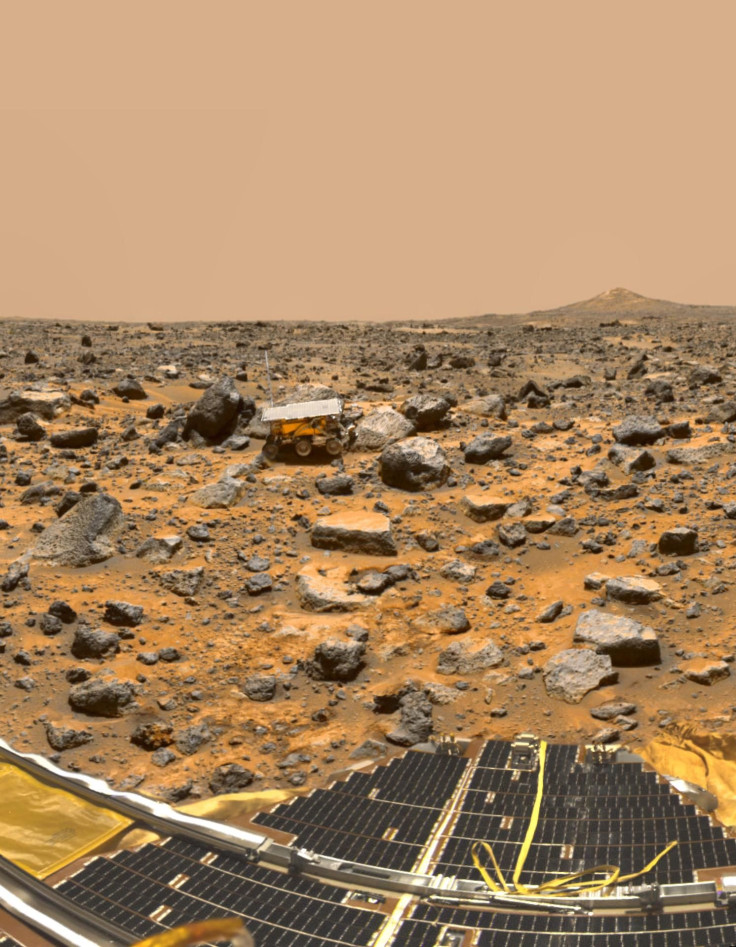
If humans do ever make it to Mars, they'll still be able to watch the sun set, although it'll look different than it does here on Earth.
The photos of the surface of Mars are impressive and give researchers new insight into what the planet might be like. But photos of the planet taken from its orbit, or by other crafts in space, help researchers learn more about weather on the planet and the conditions on a grand scale.
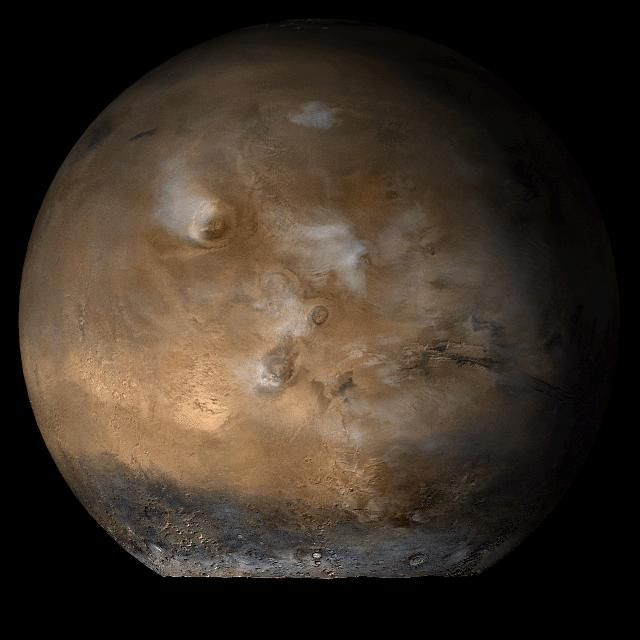
Photos from the Mars orbiter can show the planet from above in great detail.
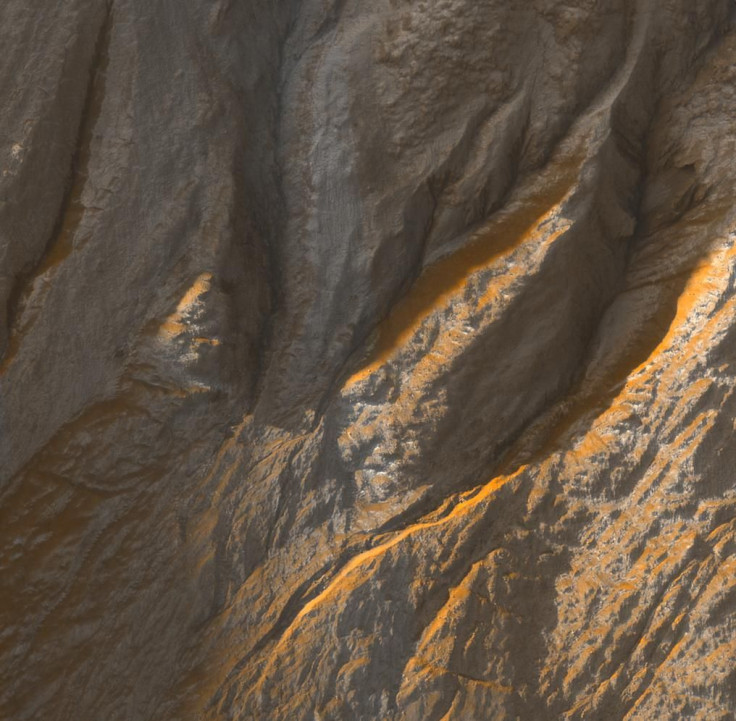
It can even be hard to tell that the photos are of the surface of Mars like this enhanced colored photo of sand dunes on Mars.
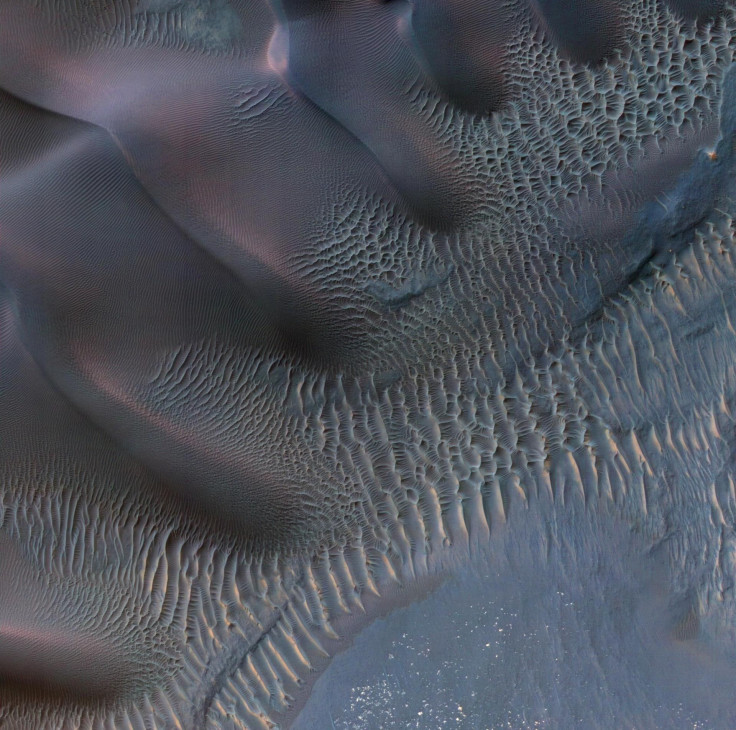
Even the Hubble space telescope that orbits Earth has captured stunning photos of Earth's neighbor.
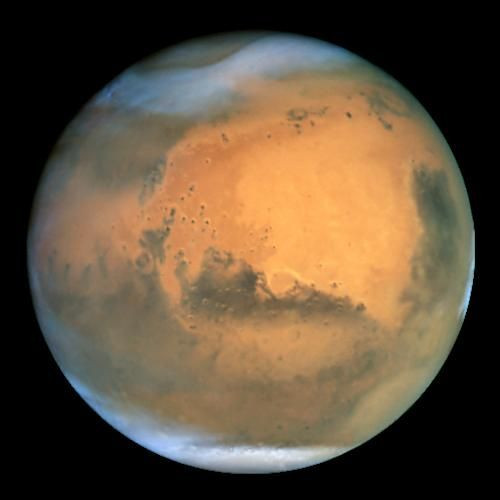
Elon Musk and NASA are working hard to put humans on Mars. The research they're each doing would not be possible without the data that has come back from Mars thanks to the rovers and orbiters there. If humans ever do make it there, they'll be able to tell us whether these photos do the planet justice or if it's even more beautiful in person.
© Copyright IBTimes 2024. All rights reserved.





















